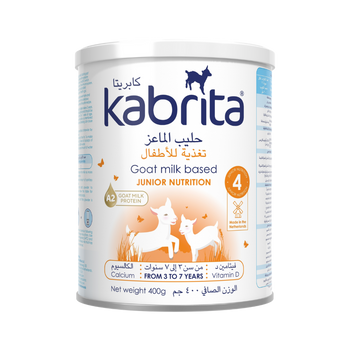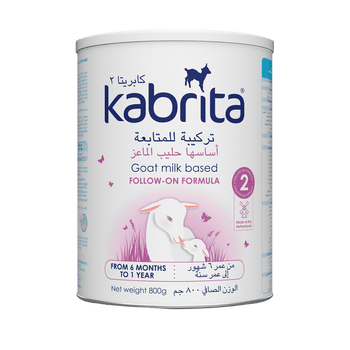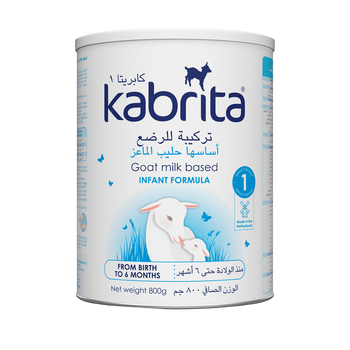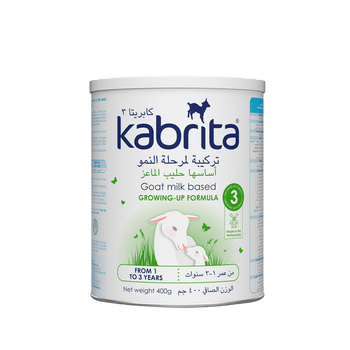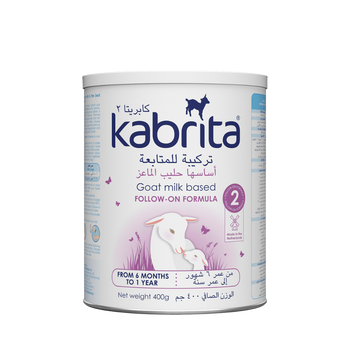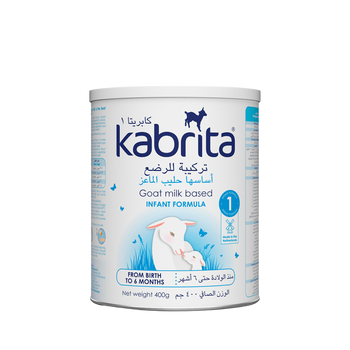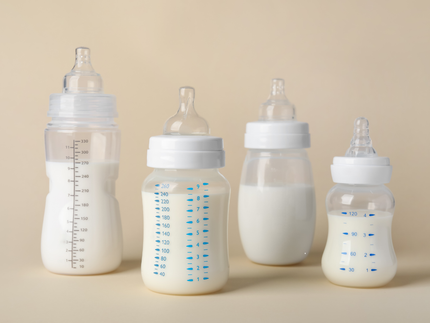How Can I Tell if My Baby is Getting Enough Milk?

Welcome to the world of motherhood! If you're a new mom or a mom-to-be, one of the most common concerns you might have is knowing whether your little one is getting enough milk.
As a parent, one of your primary concerns is ensuring that your baby is getting enough nutrition, especially when you are formula feeding. Understanding the signs that your baby is getting enough milk can offer peace of mind and contribute to their healthy development. This blog is your companion in decoding the signs of adequate nourishment and ensuring your baby's getting enough milk.
Recognizing Signs Your Baby is Getting Enough Milk
Apart from physical growth, developmental milestones are also indicators of adequate nutrition. Here are some signs you need to look out for:- Healthy Baby Weight Gain
- Satisfied After Feeding
- Regular Wet and Dirty Diapers
- Alertness and Active Periods

Formula Feeding Tips
If you’re thinking “Is My Baby Feeding Long Enough?” There’s no “one-size-fits-all” for the duration of each feed. Some babies feed efficiently in 10 minutes, while others may take longer. Here are some helpful tips to ease your concern:Choosing the Right Formula
While cow's milk formula is common and normally tolerated, consider Goat Milk Formula as a wholesome alternative, especially if your baby has a sensitive digestive system.
Correct Preparation and Storage
Properly preparing and storing formula is crucial for your baby’s health. Always follow the instructions on the tins.
Monitoring Feeding Patterns
Keep track of feeding times and amounts to ensure your baby is consistently receiving enough nutrition throughout the day.
Understanding Your Baby's Hunger Cues
Learn to interpret your baby’s signals for hunger and fullness to better manage their feeding schedule.How Much Milk is Enough?
We know you always strive to provide the best nutrition for our children, recognizing that each child is unique with their own specific requirements. Here is a baby feeding chart that helps to approximate the amount of milk needed based on your child’s age and weight.
Remember, these figures are general guidelines, and it's always advisable to consult with your pediatrician for accurate and personalized advice for your child.
Transitioning to Goat Milk Formula
While breastfeeding is recommended, some parents turn to alternative sources. Goat milk, specifically, is a gentle and nutritious alternative. It's naturally rich in various vitamins and minerals, easier to digest, and less allergenic, making it an excellent choice for sensitive tummies.
If you're considering switching to goat milk formula, start by introducing it gradually. This gradual transition will help your baby's digestive system adjust. If you are interested and want to learn more about transitioning, check out our detailed blog about Switching to Formula Feeding.
Conclusion
Understanding whether your baby is getting enough milk is a common concern for formula-feeding parents. By attentively observing signs such as consistent weight gain, diaper frequency, and your baby's overall satisfaction post-feeding, you can effectively gauge whether your little one's nutritional needs are being met. It's essential to remember that each baby is wonderfully unique, and their requirements may vary.
In instances where you can’t breastfeed or it’s not sufficient or if you're seeking a gentler alternative, Kabrita goat milk formula is an excellent choice to consider. It’s nutritional richness and ease of digestibility among other benefits, it can also be a soothing option for sensitive little tummies.
As you navigate this beautiful yet challenging journey of parenthood, making informed choices about your baby's diet is key. Always keep in close communication with your pediatrician for tailored advice and follow the recommended guidelines for preparation and feeding frequency to ensure your baby's health and happiness.
